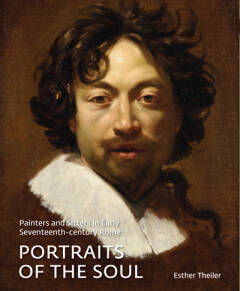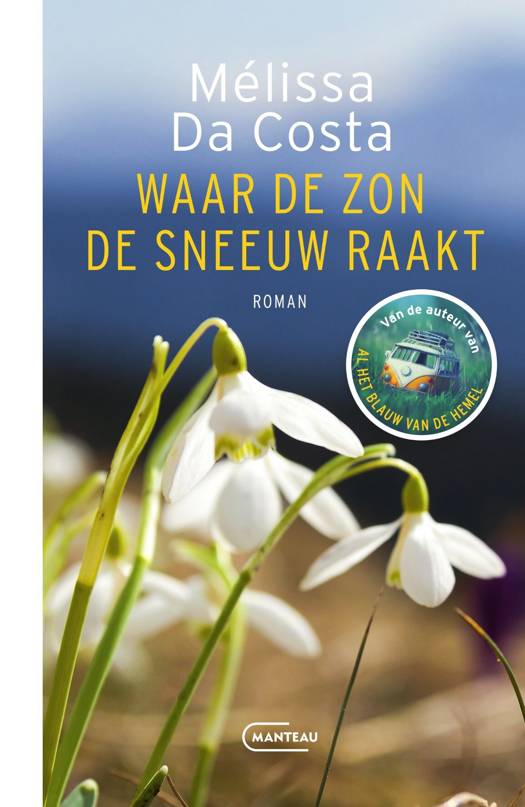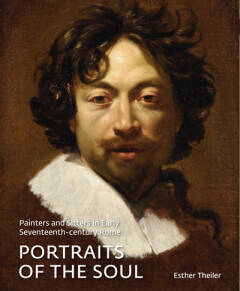
- Afhalen na 1 uur in een winkel met voorraad
- Gratis thuislevering in België vanaf € 30
- Ruim aanbod met 7 miljoen producten
- Afhalen na 1 uur in een winkel met voorraad
- Gratis thuislevering in België vanaf € 30
- Ruim aanbod met 7 miljoen producten
Zoeken
Painters and Sitters in Early-Seventeenth Century Rome
Portraits of the Soul
Brepols Publishers
Hardcover | Engels
€ 159,00
+ 318 punten
Omschrijving
Significant innovations in portraiture occurred during the transitional period from the end of the sixteenth-century to the early seventeenth-century in Rome. Portraits by Annibale Carracci, Valentin de Boulogne, Anthony van Dyck, Simon Vouet and Gianlorenzo Bernini display a loosening of formality and a trend towards movement. These artists produced a portrait type that was more inclusive of the viewer, more communicative, more revealing of a private face. The portraits in this study were less likely to celebrate achievements, family or social standing, titles, rank or station. Instead they portray individuals who exist apart from their professional personae. They reveal unique and characteristic traits of their subjects captured at a particular moment in time. They used subtle affetti, painting technique and colour to express mood and atmosphere and evoke the presence of the sitter. The sitters include poets, courtiers, buffoons and the artists themselves, and each composition is attentive to the thoughts, emotions and imaginative life of the individuals.
Specificaties
Betrokkenen
- Auteur(s):
- Uitgeverij:
Inhoud
- Aantal bladzijden:
- 336
- Taal:
- Engels
Eigenschappen
- Productcode (EAN):
- 9782503590837
- Verschijningsdatum:
- 19/10/2023
- Uitvoering:
- Hardcover
- Formaat:
- Genaaid
- Gewicht:
- 362 g

Alleen bij Standaard Boekhandel
+ 318 punten op je klantenkaart van Standaard Boekhandel
Beoordelingen
We publiceren alleen reviews die voldoen aan de voorwaarden voor reviews. Bekijk onze voorwaarden voor reviews.











